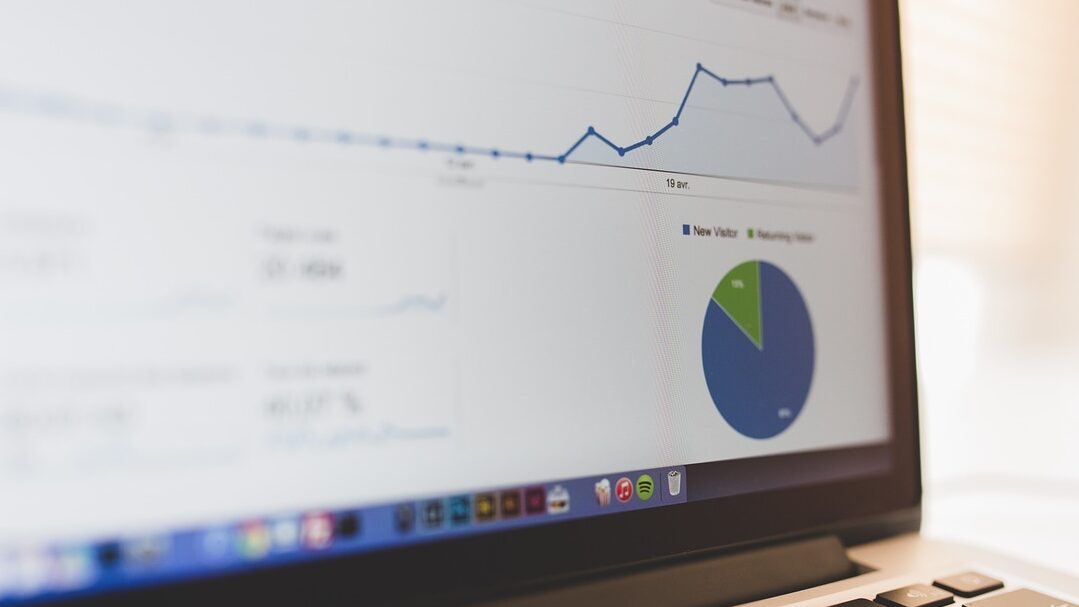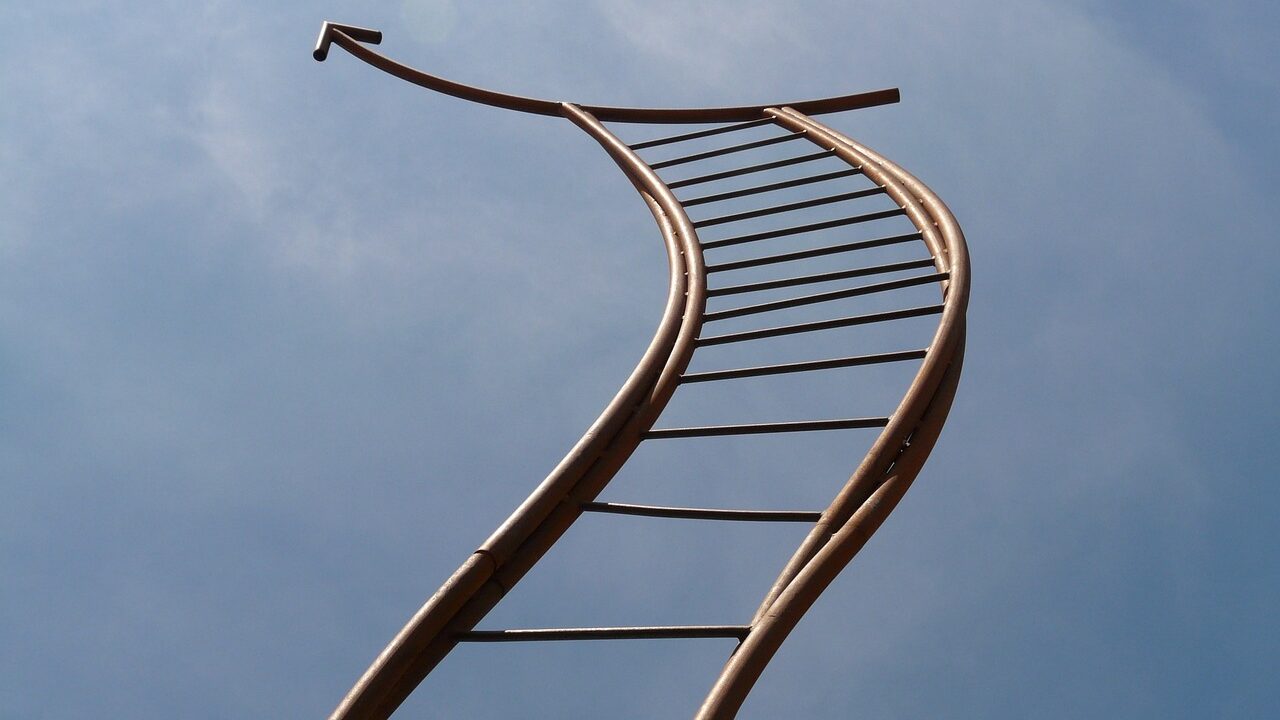In today’s technology-driven world, our interaction with apps, websites, and smart devices is an integral part of daily life. User Experience (UX) design is at the heart of making these interactions seamless, enjoyable, and effective. As the field continues to grow, demand for skilled UX professionals is skyrocketing, making UX design career growth a promising avenue. If you’re passionate about making technology user-friendly, this could be your ideal path. However, starting and advancing in this field can seem daunting. This detailed guide will help you navigate the complexities of UX design career growth, from foundational skills to future trends.

Is a Career in UX Right for You?
Before diving into the “how,” it’s important to address the “why.” Is UX design the right career path for you? The field of UX design is diverse, encompassing various roles that require different skills and levels of expertise. UX designers are in high demand across industries—from tech giants like Google and Apple to startups, non-profits, and government agencies. This growing demand reflects businesses’ recognition of the importance of creating products that users love.
However, succeeding in UX design requires more than just technical skills. A great UX designer must understand and balance user needs with business objectives. If you enjoy problem-solving, have a keen interest in how people interact with technology, and want to create digital experiences that are both functional and delightful, UX design could be the perfect fit for you.
What Does a UX Designer Do?
A UX designer’s primary goal is to create products and services that are easy and enjoyable to use. This involves wearing many hats and collaborating with various stakeholders. Some of the core tasks of a UX designer include:
- Conducting User Research: Through interviews, surveys, and observations, UX designers gather insights about user needs and behaviors.
- Creating User Flows and Journey Maps: These tools help visualize how users interact with a product, highlighting pain points and opportunities for improvement.
- Sketching and Prototyping: UX designers translate ideas into wireframes and interactive prototypes, allowing for early testing and iteration.
- Collaborating with Teams: Working closely with designers, developers, and business stakeholders ensures that the final product meets both user and business goals.
- Prioritizing Usability: Throughout the design process, UX designers focus on making the product intuitive and satisfying to use.
These tasks vary depending on the company, industry, and the designer’s experience level, making UX a dynamic and multifaceted field.
The Fields of User Experience
The beauty of UX design lies in its versatility. Within the broader field of UX, there are several specialized roles you can pursue:
1- UX Designer: Focuses on the overall experience and usability of a product.
2- UX Researcher: Gathers and analyzes user data to inform design decisions.
3- UX Writer: Crafts the language used in a product to guide and inform users.
4- UX Prototyper: Builds interactive models to test and refine user interfaces.
Each of these roles offers a different avenue to explore, allowing you to tailor your UX career to your interests and strengths.

Your Progression into a UX Design Career
Starting a career in UX design can be overwhelming, but with a clear roadmap, you can make the journey manageable and rewarding.
1. Hone Your Craft (and Build a Strong Foundation)
Before jumping into the job market, immerse yourself in the principles, methodologies, and best practices of UX design. Build a strong foundation by mastering essential UX tools like Figma, Sketch, or Adobe XD. Self-awareness is key; identify your strengths and areas for improvement, and focus your learning accordingly.
2. Create Your Portfolio
Your portfolio is your gateway to showcasing your skills, experience, and unique design style. It should reflect your problem-solving abilities and your understanding of UX principles. If you lack real-world experience, create mock projects that demonstrate your capability to apply UX concepts to practical scenarios. A well-crafted portfolio can be the difference between landing an interview and getting passed over.
3. Define Your Persona: The Authentic UX Professional
In the UX world, your personal brand is as important as your technical skills. Present yourself authentically, both online and in person, and work on articulating your thoughts clearly. Strong communication skills and a confident presence can make a significant impact during interviews and networking events.
4. Prepare Well for the Interview
Research the company and the people who will be interviewing you. Practice common UX interview questions and be ready to share your story—highlighting your passion, skills, and experiences. Use the interview as an opportunity to connect personally with your interviewers, showing your enthusiasm for the role and the company.

Skills You Need as a UX Designer
Success in UX design requires a blend of soft and hard skills. While technical abilities are crucial for creating functional designs, soft skills enable you to understand user needs, collaborate effectively, and advocate for user-centered solutions.
Soft Skills: The Human Touch in UX Design
- Empathy: Understanding user needs and motivations is at the core of UX design.
- Communication: Strong communication skills are necessary to explain design decisions and collaborate with stakeholders.
- Collaboration: UX design is a team effort, requiring you to work well with designers, developers, and product managers.
- Problem-solving: Identifying user pain points and iterating on designs to find the best solutions is key.
Hard Skills: The Technical Toolkit of UX Design
- User Research: Conducting interviews, surveys, and usability tests to gather insights.
- Information Architecture: Organizing information in a clear and intuitive way.
- Wireframing and Prototyping: Visualizing ideas and testing them before development.
- Visual Design: Understanding principles like color theory, typography, and layout.
The specific skills you need will depend on your role and industry, but a solid foundation in both soft and hard skills is essential for success.
How Do You Progress in Your UX Career?
Once you land your first UX job, your journey doesn’t end there. As you gain experience, your career can take many paths. You might start as a junior designer and progress to a lead designer, overseeing projects and mentoring team members. From there, you could move into management, or even become a senior manager or UX director, shaping a company’s user experience strategy.
The path you choose will depend on your interests and ambitions. Whether you aim to lead design teams, specialize in a particular area, or transition into a strategic role, the most important thing is to continue growing and making an impact through your work.

The Future of UX Design
The future of UX design is full of exciting possibilities. As technology advances, so do the challenges and opportunities for UX designers. Emerging technologies like artificial intelligence (AI), machine learning (ML), augmented reality (AR), virtual reality (VR), and voice user interfaces (VUI) are reshaping the landscape of user experience. Staying ahead of these trends will not only make you more valuable in the job market but also allow you to work on cutting-edge projects that push the boundaries of design.
The Takeaway
A career in UX design offers the opportunity to shape how people interact with technology and the world around them. With the increasing demand for skilled UX designers, now is a great time to enter the field. Whether you’re drawn to the creative challenges of designing user interfaces, the analytical rigor of user research, or the persuasive power of UX writing, there’s a path in UX design that aligns with your passions and skills.
By honing your craft, building a strong portfolio, and continuously developing your skills, you can carve out a successful and fulfilling career in UX design. Remember, the journey is just as important as the destination—stay curious, keep learning, and always strive to create meaningful experiences for users.
Related Posts:
How to Create a Standout UX Design Portfolio: A Step-by-Step Guide
The Role of a Product Designer: Responsibilities, Skills, and Career Paths
Best Tools for UX/UI Design in 2024
Master Prototyping: A Comprehensive Guide for Designers
Design’s Hidden Ally: Power of UX Research
